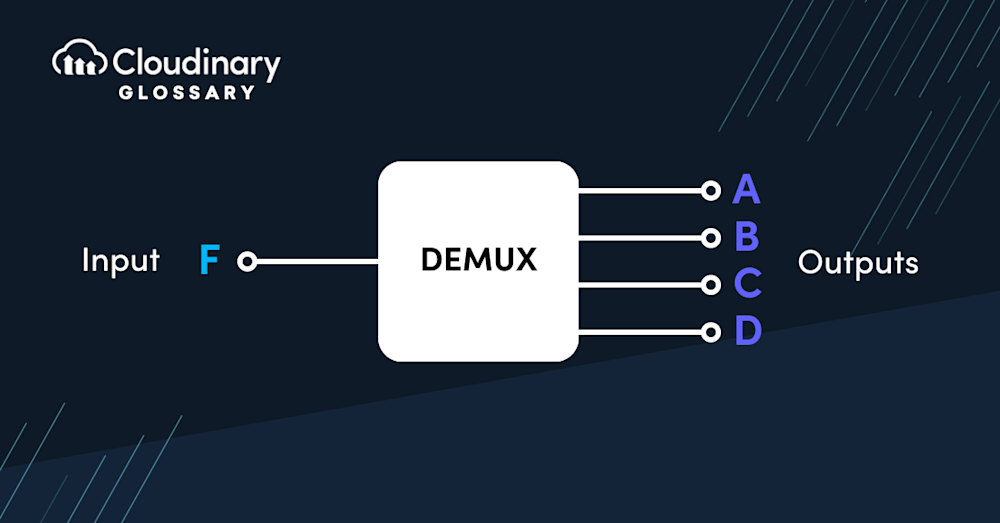What Is Demuxing?
Demuxing, short for demultiplexing, can be considered the backbone behind consuming any digital multimedia content. To demystify the term, demuxing essentially separates the different streams that constitute a media file. Imagine a woven piece of cloth. Demuxing is analogous to teasing apart the individual threads that make up the pattern, where each thread represents a different data stream – for example, audio, video, subtitles, and so on.
Now, why is this separation important? These streams are meant to be interpreted by different decoders in the media player. Therefore, segregating these streams makes for smoother interpreting, decoding, and, ultimately, playback. If the threads or streams were not separated, a media player would struggle to pick out which thread to focus on, resulting in a shoddy user experience. So, if you’ve ever been able to easily switch subtitles or audio tracks on a video, it’s because of the precision involved in demuxing.
What Is Demuxing Used For?
Demuxing serves various practical purposes in the media world, enhancing overall user experience by ensuring seamless manipulation and playback of multimedia files. Its applications range from basic media file playback to more advanced audio and video analysis techniques. Some of the common areas where demuxing plays a crucial role are:
- Playback. Separating audio, video, and subtitle streams for smooth decoding and synchronization by media players
- Video Editing. Extracting specific streams for editing purposes, like removing unwanted audio tracks or subtitles
- Remultiplexing. Combining different streams, such as syncing an alternative audio track with a video
- Analysis. Isolating individual streams for detailed audio or video analysis, useful in quality control and diagnostic situations
- Transcoding. Converting streams independently before recombining them, allowing for efficient compression or format changes
How Does Demuxing Work?
Demuxing is a considerably systematic process that requires a keen eye for detail and a deep understanding of media file structures. As intriguing as it sounds, it isn’t some daunting task once you catch hold of the workflow. Here’s a simplified sequence of how demuxing works:
- Identification. The demuxer identifies the input media file’s format, whether it’s an MP4, MKV, AVI, etc. and recognizes how the streams are interwoven in that particular file type.
- Extraction. Post identification, it starts extracting individual data packets. These packets are funneled from the combined flow into their respective buckets – audio, video, subtitles, and more.
- Allocation. After the streams have been successfully extracted, the demuxer allocates them to their appropriate decoders for further processing.
The real beauty of demuxing lies in its ability to carry out these steps near simultaneously, giving users an impression of seamless media playback, and creating a smooth, customizable, and interactive media experience.
Closing Thoughts
Given its extensive implications for media playback, understanding the concept and process of demuxing becomes crucial for those involved in fields like media delivery, video editing, and coding. With its power to separate multiplexed streams into individual components, demuxing has revolutionized the way we interact with digital media. The ability to manipulate, analyze, transcode, and repackage streams independently makes for seamless and efficient media management.
The techniques and technologies surrounding demuxing can be complex. But services like Cloudinary’s Media Optimizer can help simplify the process and manage it for you for peak performance. Utilizing Cloudinary’s comprehensive tools, you can rest assured that your media files will be handled with utmost precision and efficiency, ready to provide optimum user experiences without the grunt work.
Don’t hesitate to give Cloudinary a try and discover how it can transform the way you handle your digital media, ensuring quality, consistency, and efficiency across the board. Experience the power of Cloudinary today!
Check Out Our Tools That You May Find Useful:



